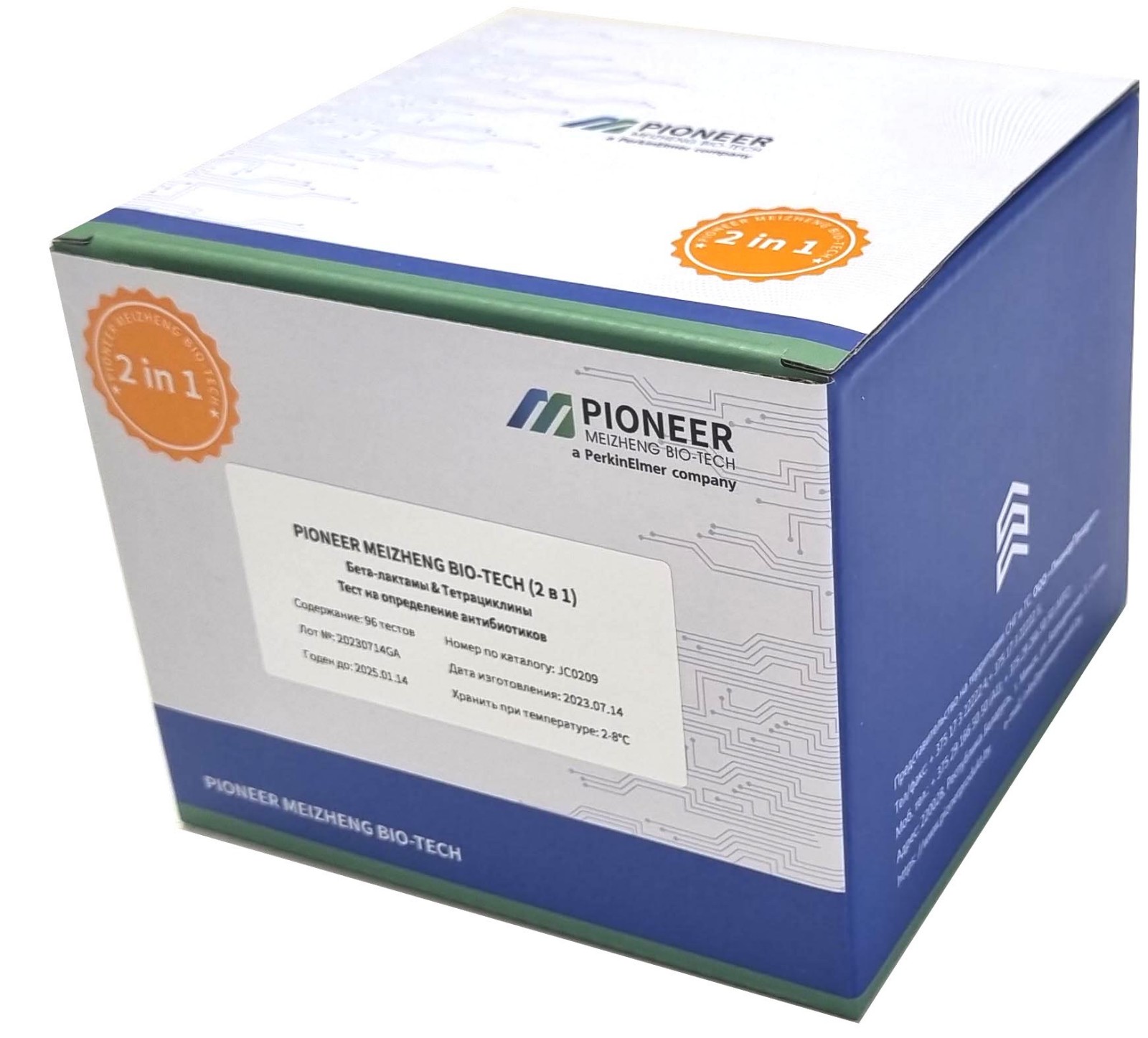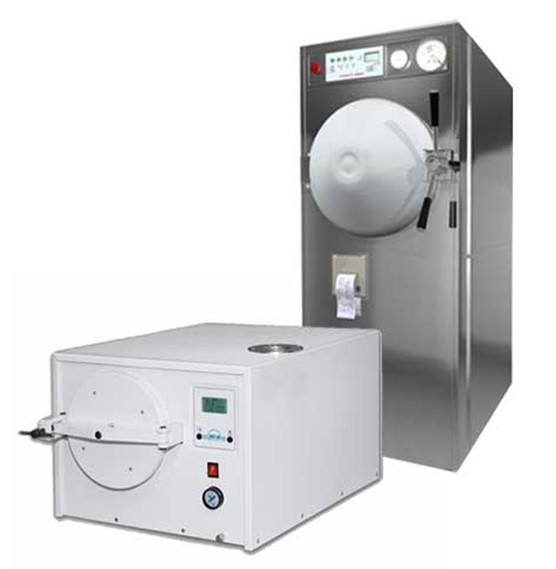Chicken Spring 2023

There are a few important things to keep in mind or write down in your poultry diary to be ready for chicken spring to the fullest.
Nutrition and vitamins
In the spring, laying hens start laying eggs again after their winter rest and begin to molt. They need to organize a proper and balanced diet containing a large amount of proteins, carbohydrates, vitamins and minerals. This can be achieved with a combination of commercial pet foods, fresh vegetables and kitchen waste. When choosing a commercial feed, look for one that is specifically formulated for laying hens.
As the days get warmer, feeding will help the birds maintain their increased activity levels.
Fresh vegetables are an excellent source of vitamins and minerals, while kitchen scraps such as leftover cooked rice provide energy and protein. Be sure to cut vegetables and kitchen scraps into small pieces so that the chickens can easily digest them.
Vitamins A, D3 and E are usually added to chickens in the spring in water or feed.
Vitamin A helps maintain healthy skin, feathers and eyes. Vitamin D3 improves egg production and eggshell quality, while vitamin E promotes muscle growth and development.
A good poultry feed can provide the birds with enough vitamins and minerals, so make sure supplements don't upset the balance. An excess of one vitamin leads to a deficiency of another - it is important to use the right supplements in the right amounts.
Birds should also have access to fresh, clean water throughout the day. Be sure to check the water tank for any signs of algae and bacterial films, as this threatens the HEALTH of the animals.
spring-cleaning
On a fine day in March, do a general cleaning. Be sure to remove all deep bedding and then change fresh bedding often because spring is the best time for parasites like mites and lice to breed. Check your pets regularly for signs of parasites and react accordingly if infested.
As for the general cleaning in the chicken coop, here is a step-by-step instruction.
1. Start by removing all bedding, nest box material, and any other debris from the coop. Send the rotted straw to the compost heap, dispose of the garbage in a specially designated place.
2. Use a garden hose or pressure washer to clean the entire inside of the coop, including the walls, floor, and perches.
3. Sanitize the entire inside of the coop with a mild bleach solution, making sure it gets into all the nooks and crannies. Be sure to wipe the walls and floors. Rinse again with a high-pressure jet of water to remove any remaining bleach.
4. Allow the inside of the coop to air dry completely before adding new bedding.
5. Add fresh and dry bedding material such as straw, shavings or hay. Place fresh straw or shredded paper in nest boxes.
6. Replace any broken or missing perches or perches.
7. Finally, be sure to check the locks and latches on your coop to make sure they are secure and functioning properly.
If the chicken coop is covered with a tarpaulin or film from the winter winds on the outside, remove the shelter only after the onset of steadily warm weather.
Protection
Beware of predators. Numerous predators such as foxes, hawks, snakes and even rats in the spring will never miss an opportunity to feast on chickens or eggs. Check if there are any holes in the floor of the chicken coop, in what condition the wire fence of the paddock is - it is advisable to tighten the paddock with wire and from above, you can install an electric fence from foxes.
Read together with it:
- Производство яиц растёт в Липецкой областиЗа девять месяцев 2025 года в хозяйствах всех категорий региона получено 702,4 млн яиц. Это на 8 % больше, чем за аналогичный период прошлого года. Основным производителем и поставщиком пищевого куриного яйца в Липецкой области является сельхозпредприятие, две площадки которого расположены в Липецком округе и Грязинском районе. В день там получают порядка 1,6 млн штук яиц. За три квартала текущего...
- Более 100 центнеров кукурузы с одного гектара собирают липецкие аграрииНамолочены первые 100 тысяч тонн. Уборка кукурузы на зерно идет в 15 районах и округах. Это последняя из зерновых и зернобобовых культур, которую предстоит обмолотить липецким аграриям. В этом году под «царицу полей» отведено около 74 тысяч гектаров. На 20 октября текущего года с 12 тыс. гектаров собрано 125 тысяч тонн кукурузы при средней урожайности – 1......
- Increasing egg production of laying hens in Kabardino-Balkaria: successes and prospectsThe increase in chicken population has been a key factor in this growth. Currently, the total number of laying hens in the republic has reached 2.3 million, a 14% increase over last year. This demonstrates that local farmers are actively expanding their farms by implementing modern technologies and poultry care methods. The main reasons for increased egg production include: Improved feeding: Farme...
- Indonesia: New rules to protect farm animalsKey Provisions of the New Regulation The new draft law , currently being reviewed, sets ambitious goals. it will cover all categories of animals—from farm animals to pets, service animals, and laboratory animals. The primary focus is on implementing a certification system for farmers who are committed to more humane and sustainable farming practices. This will not only improve animal welfare but a...
- Lipetsk farmers harvested the third million tons of sugar beets.The SUGAR beet harvest has crossed the halfway point. A total of 3.2 million tons of sugar beets have been harvested from 63% of the area allocated to this industrial crop. This year's area under sugar beets exceeds 118,000 hectares. The Dobrinsky District leads in gross sugar beet harvest, having already harvested 51......
- New Products and Volume Growth. The Ministry of Agriculture and Food on the Dairy Industry Development Strategy through 2035.October 16, MINSK . Maria Klimova, Deputy HEAD of the Main Directorate for Processing Industry at the Ministry of Agriculture and Food, spoke about the key areas of the dairy industry development strategy through 2035 at the plenary session of the 11th International Forum "Dairy Belarus," BelTA reports. Klimova noted that while last year saw stagnation among the world's major dairy producers, this...
- In the Perm region, prices for chicken eggs and meat have increased in a month.Chicken eggs increased in price by 6.4%, while beef and pork increased by 1.9%. Prices for cooked chicken products also increased by 1.6%, by-products by 2.2%, and condensed MILK by 2.9% . Among non-food items, the most significant price increases were for knitted children's hats (by 5.4%) and men's jumpers (by 4.1%). Educational services and student dormitory accommodation also increased signific...
- Egg prices have skyrocketed in Omsk: a dozen now cost over 80 rubles.DespiteDespite price increases , Omsk Oblast still offers lower egg prices than the rest of the Siberian Federal District and RUSSIA as a whole. In some stores, such as Magnit, Pyaterochka, and Samokat, the price of a dozen eggs ranges from 54.99 to 119.99 rubles, depending on the category and manufacturer.......
- Beef prices in Russia continue to rise: reasons and forecastsExperts cite increased demand from major consumers such as the United States and CHINA as the main reason for this growth . This trend is also expected to impact the Russian market, with beef prices potentially rising by 12-15% in the coming months. Most Russians now view beef as a delicacy, while their everyday diet relies on more affordable pork and chicken. One of the main reasons for the curre...




























































